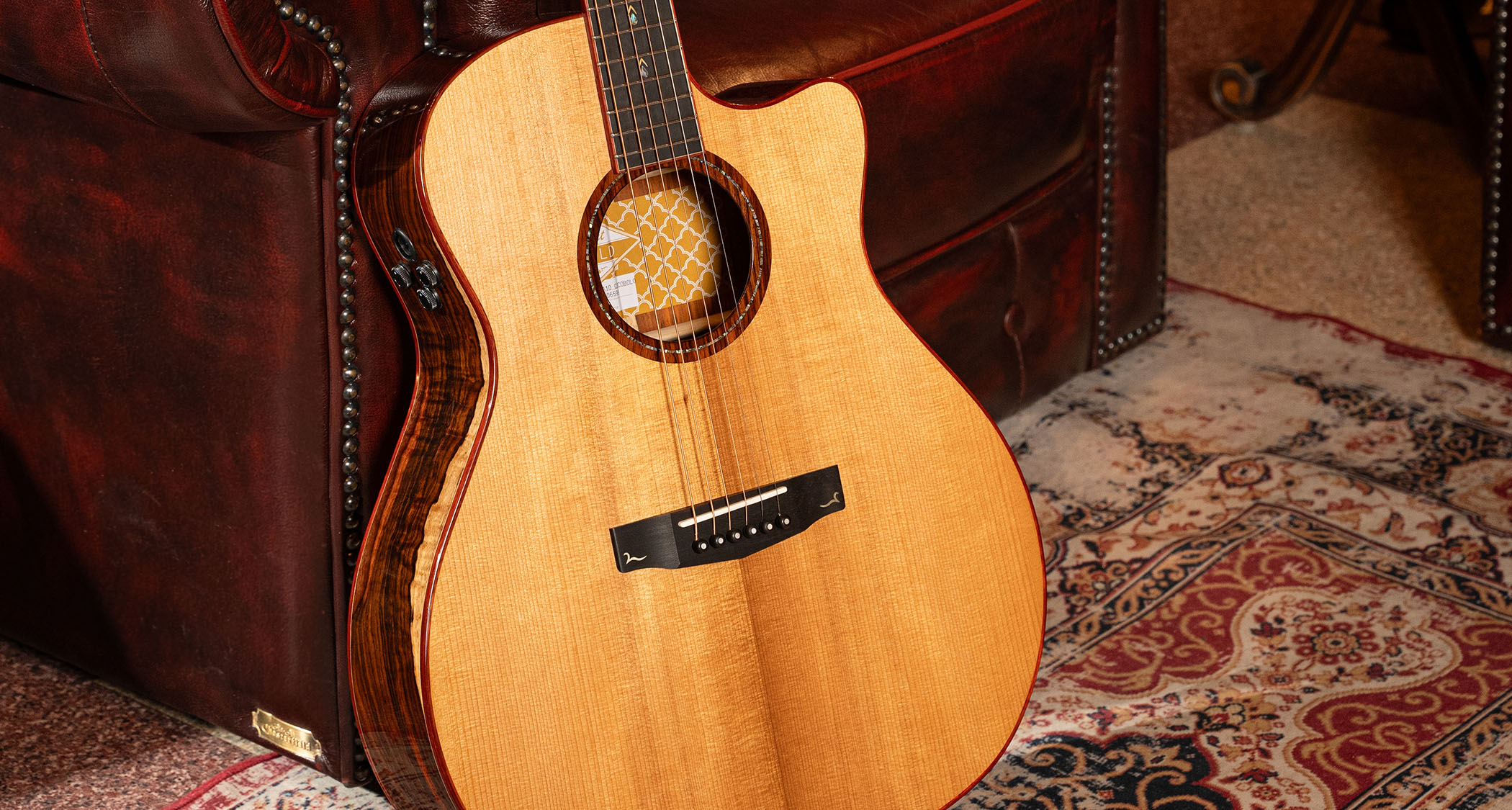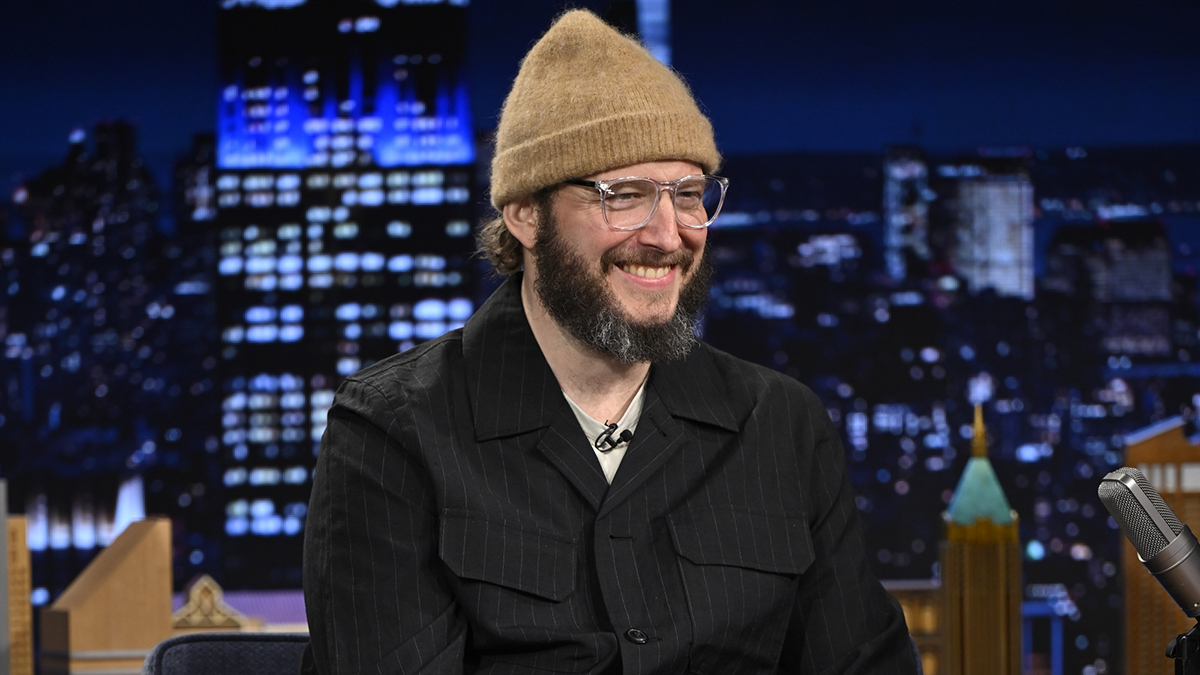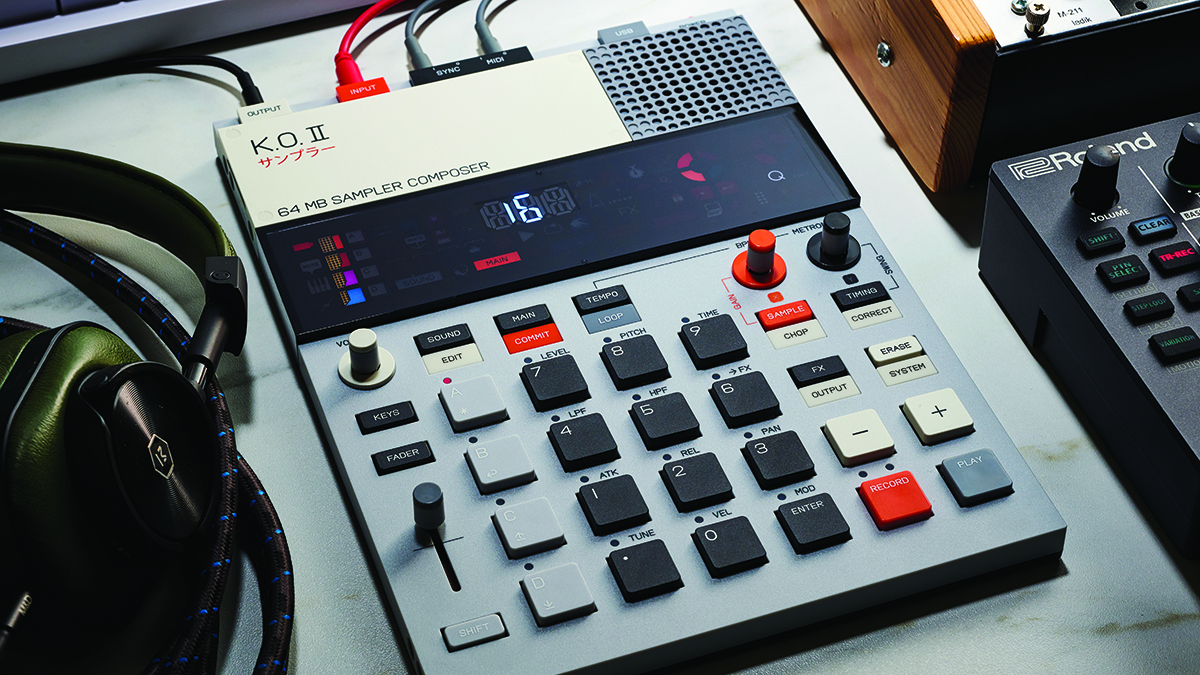Abbey Road engineer Ken Scott on recording The Beatles: “I was there when Eric Clapton played the solo on While My Guitar Gently Weeps, but it was just another day at the office so it didn't mean anything at the time”
Best of 2023: On working with Lennon and McCartney: “Paul was exceedingly patient, and would keep on going until it was the way he wanted it, whereas John would prefer to get it over with as quickly as possible”
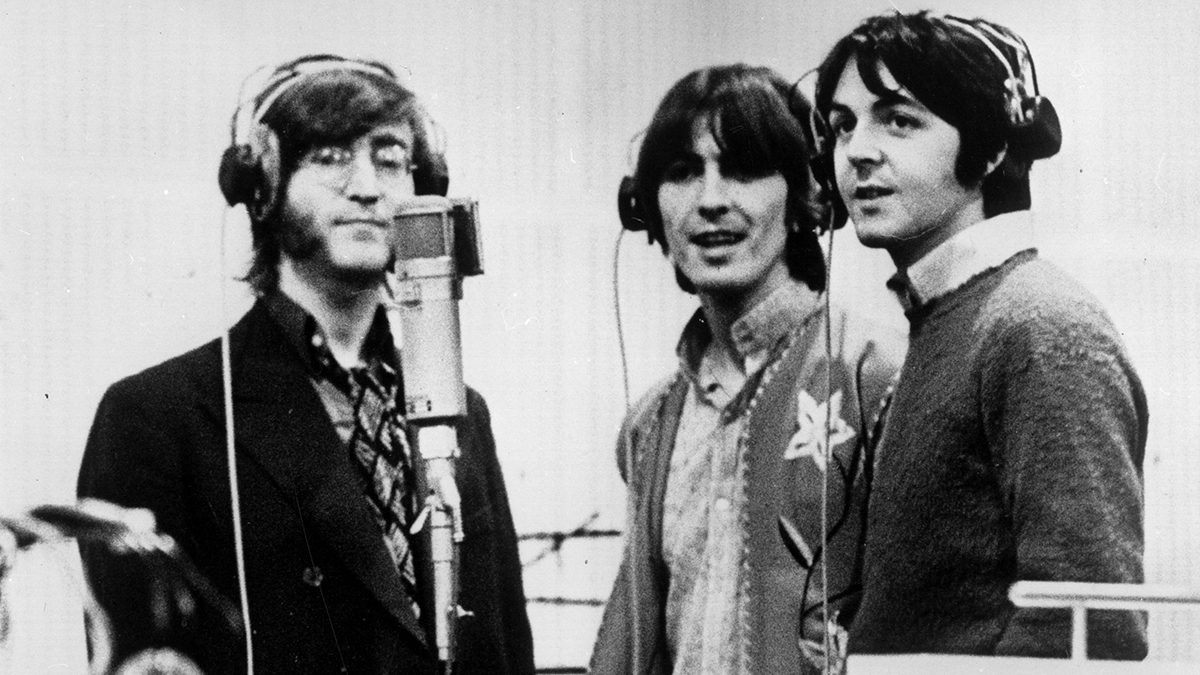
Join us for our traditional look back at the news and features that floated your boat this year.
Best of 2023: Ken Scott joined Abbey Road Studios during the making of The Beatles’ third album, A Hard Day’s Night, the first on which all songs were written by John Lennon and Paul McCartney. He witnessed the band’s transition from live act playing its repertoire to tape, to pioneering the kind of musical, studio and production techniques that would change recording forever, with albums such as Rubber Soul, Sergeant Pepper’s Lonely Hearts Club Band, and The Beatles (aka The White Album).
When the group disbanded in 1970, Ken briefly worked with George Harrison, John Lennon and Ringo Starr, before heading off to assist such legends as David Bowie, Elton John, Mahavishnu Orchestra and Jeff Beck.
He recently embarked on a project to film The History Of The Beatles Recording Techniques. Working alongside Fab Dupont, producer and co-owner of plugin designer and provider of recording technique tutorials Puremix, it would be a mammoth task.
“Fab and I were talking about how the recording techniques that The Beatles used changed everything,” begins Ken. “So we split it into four sections: the Please Please Me era, the Drive My Car era, The White Album era, and the Abbey Road era.
“We went into Abbey Road Studio Two, the main one that The Beatles used, and did a five-camera shoot using the same gear that they did - the REDD desks (heard on every album up to Abbey Road) and the TG desks (used on Abbey Road itself), the same microphones, and as close as we could get to the same instrumentation.
“For the playing we used musicians from New York Beatles tribute band The Fab Faux. And even though I worked with The Beatles from A Hard Day's Night through to The White Album, albeit with a break in the middle, there were some things that were a revelation even to me.”
Get the MusicRadar Newsletter
Want all the hottest music and gear news, reviews, deals, features and more, direct to your inbox? Sign up here.
Scott joined Abbey Road as a ‘tape op’, or tape operator. “We were actually called button pushers,” he confides, “because all we did was sit at the tape machine and when the engineer said, ‘Play’, we'd hit play. When he said ‘Record’, we’d hit record.”
Ken worked as assistant engineer from side 2 of A Hard Day's Night through to Rubber Soul, but was then promoted and went away to learn mastering for almost two years.
“Yes, then suddenly I was moved back to work on the band’s Magical Mystery Tour album,” he recalls. “My first session, sitting behind a board with no idea what I was doing, was on Your Mother Should Know. It was awful. A couple of days later I did the orchestra and choir for I Am The Walrus, which went a lot better.
“As it turns out, it didn't matter that I messed up Your Mother Should Know because they'd already recorded it at another studio. So we went back to the original, did overdubs and mixed it.”
When The Beatles began writing more complex songs that required more sophisticated mixes, the limitations of Abbey Road’s four-track setup meant that the bouncing of takes from track to track was essential.
My first session, sitting behind a board with no idea what I was doing, was on Your Mother Should Know. It was awful. A couple of days later I did the orchestra and choir for I Am The Walrus, which went a lot better.
Ken Scott
“That was a question of making decisions,” Scott explains. “When you've filled up four tracks and you're bouncing all four down to one other, to free them up for more recording, there's no changing them later. So you have to make the decision of what it's going to sound like, really early on. Luckily, more often than not it worked.”
By 1966 the band had decided that touring was impossible. Screaming audiences meant they couldn’t hear themselves, and as their music became more refined it was difficult to perform live. The album Rubber Soul is widely seen as the transition point.
“Yes, the big jump came with Rubber Soul. As they got bigger they got offered different amps and pedals to try out, before anyone else saw them.You also had George with the sitar on Norwegian Wood, and on Yes It Is (B-side of Ticket To Ride), he used the DeArmond volume pedal for the volume swells, one of the first occasions it was used. ”
As the sound of each album changed, the clean tones of George’s various Gretsch guitars, his Hard Day’s Night Rickenbacker 12-string, and John’s own short-scale Rickenbacker gave way to more strident-toned Epiphone and Gibson guitars. Occasionally John and George used Fender Stratocasters, and later Harrison acquired his Let It Be rosewood Telecaster. They also received more powerful Vox amps, often with built-in distortion, then later moved to Fender amplification. These changes all impacted on the sound, so does Ken feel the instrument changes were deliberate?
“Sometimes yes, they had a certain sound in mind so they would use a specific setup. But as often as not it was just different things at different times,” he muses. “Someone would just pick something up and play it.”
On later albums, since he lived just round the corner from the studio, Paul would sometimes come in and lay his bass parts down over the ready recorded tracks.
“That was very much a Sgt Pepper thing,” says Ken. “Then later, on the White Album, sometimes the others would play bass. On several tracks there are two bass players. One would be playing a regular four-string, the other the six-string Fender, and although they weren't always playing exactly the same thing, it worked. It gives a unique bass sound.”
Lennon and McCartney’s musical personalities began to blossom, too, Paul being the conventionally clever one and John the off-the-wall genius. This was plain to see in Peter Jackson’s recent Get Back documentary.
“Paul was exceedingly patient, and would keep on going until it was the way he wanted it,” explains Ken, “whereas John would prefer to get it over with as quickly as possible. But that movie also showed the fun that they used to be in the studio.The original version had been cut so it showed them arguing all the time. Of course, someone's temper would flare up, but when you spend six months working on an album that's going to happen. But for instance, when Ringo left in the middle of The White Album, when he came back the whole studio was filled with flowers that George had sent in. It was amazing.”
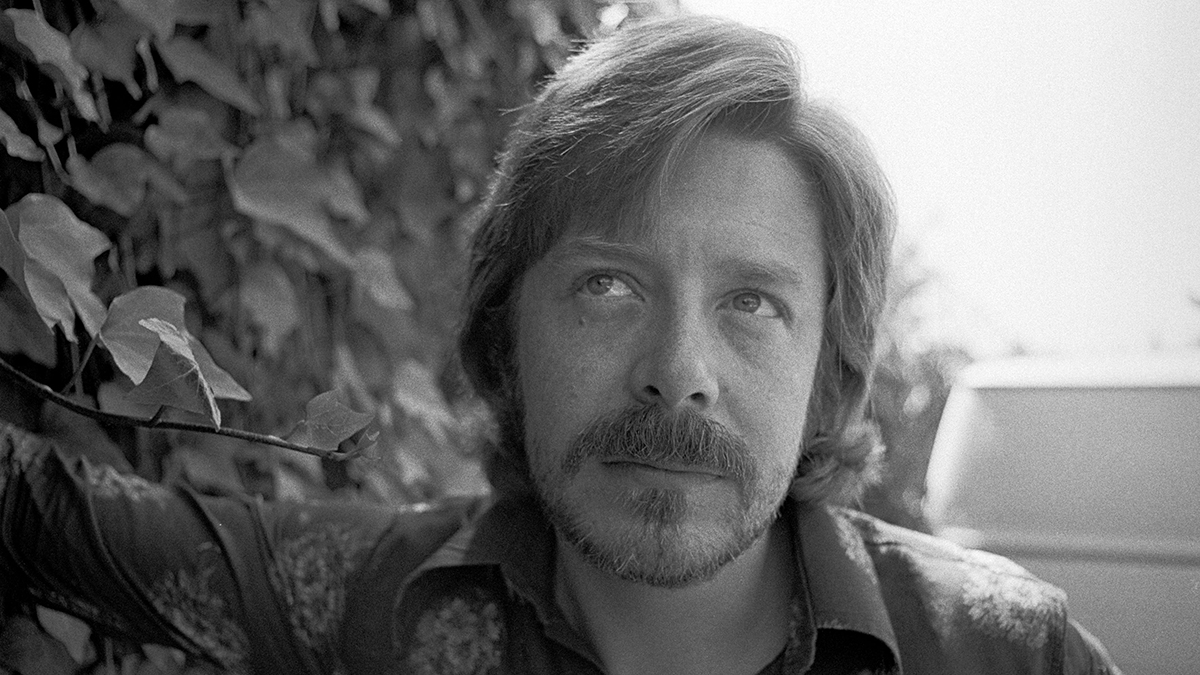
One notable moment in pop music history is when Harrison brought Eric Clapton to Abbey Road to play the solo on While My Guitar Gently Weeps. Was Ken there? If so, what does he recall of the occasion?
“Well, I was at the session,” he confesses, “but it was just another day at the office so it didn't mean anything at the time. It's become part of history, but I don't remember anything about it. Chris Thomas, who was George Martin's assistant, remembers nothing about it. John Smith, my assistant engineer, remembers nothing about it. I've actually planned to do some regression therapy, hypnotism, to try and get back there and see if I can recall it. So I would love to be able to answer that question, but at the moment I can't.”
From the mid-’60s onwards The Beatles were musically on top of the world. There surely must have been a sense that between the band, its producers and engineers, they were making musical history…
“Not in the slightest,” Scott exclaims. “Obviously you know that there is importance to what you're doing. But to think that I would be talking about the records 60 years on… It was just rock and roll. Generally the artist had to come up with an album every six months, and if people were still talking about that when the next one came out, you've done your job.”
As their musical personalities and confidence blossomed, the band’s demands on the studio staff became immense, especially with tracks like McCartney’s sophisticated Penny Lane, Lennon’s complex Strawberry Fields Forever, and Harrison’s Within You Without You, which was laden with sitar and additional Indian musicians. So did Scott ever dread going into the office?
“The only reason for dreading it would be boredom, because they weren't working fast, they would take three days just to get a basic track. And so much of it was experimentation. You never quite knew what was going to happen. But because they were experimenting all the time it gave me freedom to experiment, too. So I got to learn my craft with this one amazing band.”
Once The Beatles had split, Scott carried on working with John, George and Ringo.
“We'd finished doing All Things Must Pass (Harrison’s first solo album), but George was producing other Apple acts. So right in the middle of that we did Ringo’s single It Don't Come Easy, which was my only time working with him outside of The Beatles. George had recorded the basic tracks for All Things Must Pass but two four-tracks wasn’t enough, we needed 16-track. Trident Studios had 16-track so we transferred there and continued the overdubs and mixes. When it came to the mixing part, Phil Spector (producer) would come by every now and again and pass comment. With John we mixed Give Peace A Chance, which he’d recorded in Canada. Then I recorded Cold Turkey. Other than that it was just like working with The Beatles.”
George didn't really play slide guitar in The Beatles. Yet, between the split and releasing All Things Must Pass less than a year later, he came out as a brilliant and unique slide guitarist.
“I think he learned to do it during that time, because he was taking influences from all over the place, hanging out with Eric Clapton, picking up things from him, Delaney and Bonnie and those kinds of people. Then there was the whole Indian thing. I think all of these things just came together, and he came out playing slide the way he did.”
It’s perhaps easy to forget the significance of Abbey Road Studios itself in all this. Its location in St John’s Wood in London, so close to McCartney’s own home, the sound of the equipment, and the people and culture inherent in such an established enterprise.
“The place itself was exceedingly important,” stresses Scott. “We considered then that it was behind the times because we didn't have eight-track recorders when other places did. It was old gear and the electronics engineers still wore white coats. But looking back it was so important. The technicians were amazing. They kept everything up to 110% of what it was capable of doing. They looked after it all so well, which kept us, the engineers and assistants, working properly. Number two studio is completely unique as well. So yeah, Abbey Road itself was a big part of it.”





